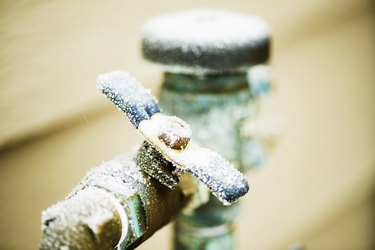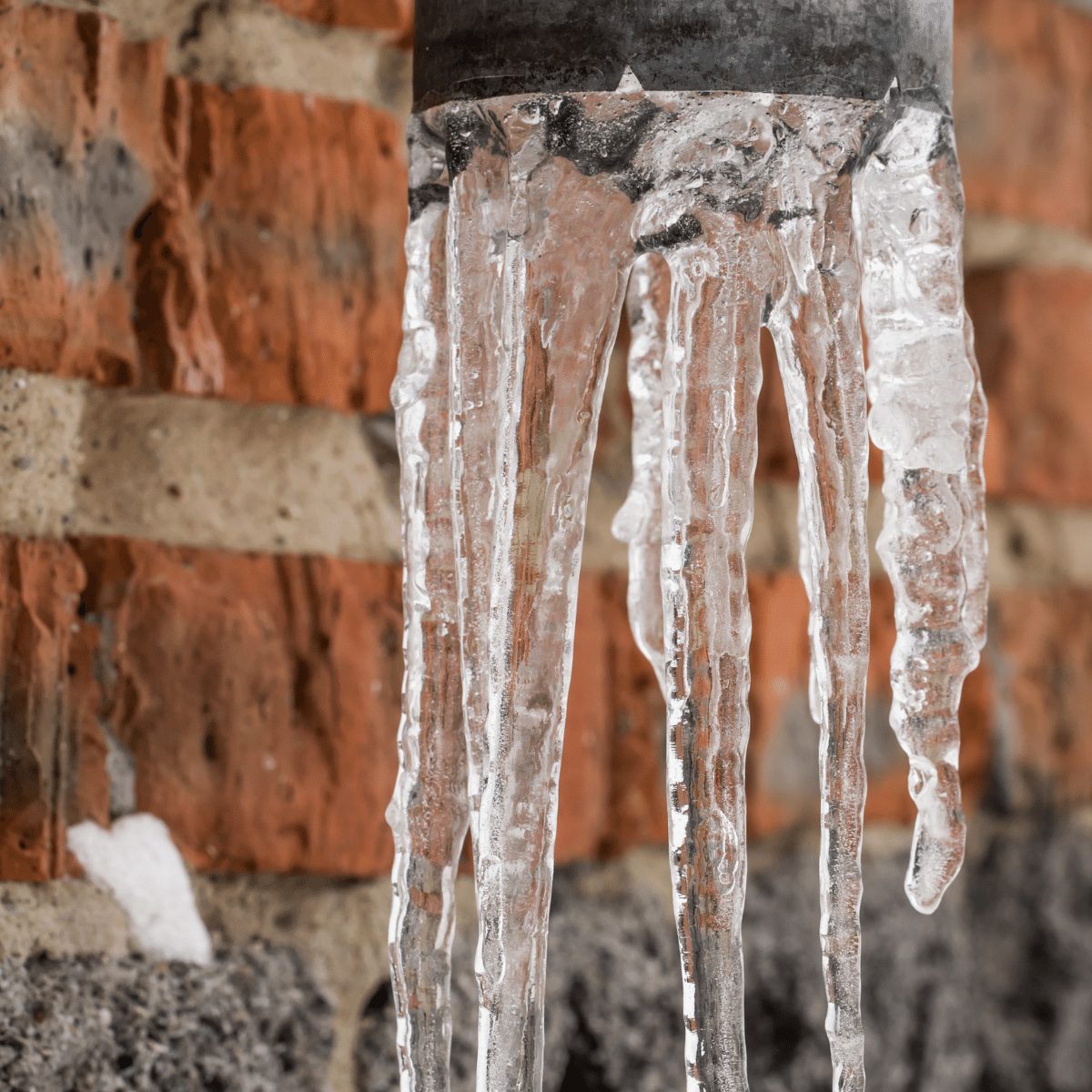We've uncovered the article pertaining to Helpful Tips to Prevent Frozen Pipes this Winter down the page on the net and decided it made perfect sense to relate it with you on this page.

Cold weather can ruin your plumbing, particularly by freezing pipes. Here's exactly how to stop it from occurring and what to do if it does.
Intro
As temperature levels decline, the danger of icy pipes increases, possibly bring about expensive repair services and water damages. Recognizing exactly how to avoid frozen pipes is critical for house owners in chilly climates.
Prevention Tips
Insulating vulnerable pipes
Cover pipes in insulation sleeves or use warmth tape to safeguard them from freezing temperature levels. Concentrate on pipelines in unheated or outside areas of the home.
Heating strategies
Keep interior rooms effectively heated, particularly areas with plumbing. Open up cupboard doors to allow cozy air to flow around pipes under sinks.
How to recognize icy pipes
Search for decreased water flow from taps, unusual odors or noises from pipes, and noticeable frost on exposed pipelines.
Long-Term Solutions
Structural modifications
Take into consideration rerouting pipes far from exterior walls or unheated areas. Include additional insulation to attics, cellars, and crawl spaces.
Upgrading insulation
Purchase top notch insulation for pipelines, attic rooms, and wall surfaces. Correct insulation aids preserve regular temperature levels and minimizes the danger of frozen pipelines.
Protecting Outside Plumbing
Yard hose pipes and outdoor taps
Separate and drain yard tubes prior to winter months. Install frost-proof spigots or cover outside faucets with protected caps.
Understanding Frozen Pipelines
What causes pipelines to freeze?
Pipelines freeze when exposed to temperatures listed below 32 ° F (0 ° C) for expanded durations. As water inside the pipelines ices up, it increases, taxing the pipeline wall surfaces and possibly creating them to burst.
Threats and problems
Frozen pipelines can cause water system disturbances, home damage, and costly repairs. Ruptured pipelines can flooding homes and trigger considerable structural damage.
Indications of Frozen Pipes
Recognizing icy pipes early can prevent them from bursting.
What to Do If Your Pipes Freeze
Immediate actions to take
If you think icy pipes, keep taps open to eliminate pressure as the ice melts. Use a hairdryer or towels soaked in hot water to thaw pipelines slowly.
Final thought
Avoiding icy pipelines requires aggressive procedures and fast responses. By understanding the causes, indications, and safety nets, homeowners can safeguard their pipes throughout cold weather.
6 Proven Ways to Prevent Frozen Pipes and Protect Your Home
Disconnect and Drain Garden Hoses
Before winter arrives, start by disconnecting your garden hoses and draining any remaining water. Close the shut-off valves that supply outdoor hose bibs and leave the outdoor faucet open to allow any residual water to drain. For extra protection, consider using faucet covers throughout the colder months. It’s also important to drain water from any sprinkler supply lines following the manufacturer’s directions.
Insulate Exposed Pipes
Insulating your pipes is an effective way to prevent freezing. Pipe insulation is readily available at home improvement stores and is relatively inexpensive. Pay close attention to pipes in unheated areas such as the attic, basement, crawl spaces, or garage. Apply foam insulation generously to create a buffer against the cold. You can also wrap your pipes in heat tape or thermostat-controlled heat cables for added warmth.
Seal Air Leaks
Inspect your home for any cracks or openings that could let in cold air. Seal any holes around the piping in interior or exterior walls, as well as the sill plates where your home rests on its foundation. Additionally, make sure to keep your garage door closed unless you’re entering or exiting. Leaving it open creates a significant air leak that can lead to frozen pipes.
Allow Warm Air Circulation
During cold snaps, it’s essential to allow warm air to circulate evenly throughout your home. Leave interior doors ajar to promote better airflow. Open kitchen and bathroom cabinets to help distribute heat consistently around the rooms. If you have small children or pets, be sure to remove any household chemicals or potentially harmful cleaners from open cabinets for safety.
Let Faucets Drip
A small trickle of water can make a big difference in preventing ice formation inside your pipes. When temperatures drop significantly, start a drip of water from all faucets served by exposed pipes. This continuous flow helps prevent the water from freezing. Additionally, running a few faucets slightly can relieve pressure inside the pipes, reducing the chances of a rupture if the water inside does freeze.
https://choateshvac.com/6-proven-ways-to-prevent-frozen-pipes-and-protect-your-home/

Do you really like reading up on How to Prevent Your Pipes From Freezing? Create a review directly below. We would be glad to hear your reactions about this article. In hopes that you come back again before long. Sharing is nice. Helping people is fun. We appreciate your readership.
This Site